Growing Industrial Automation
The trend towards industrial automation is significantly influencing the LED Industrial Lighting Market. As industries increasingly adopt automated systems and smart factories, the demand for advanced lighting solutions that integrate seamlessly with these technologies is on the rise. Automated lighting systems can enhance operational efficiency by adjusting illumination based on real-time needs, thereby optimizing energy consumption. This shift towards automation not only improves productivity but also aligns with the broader goals of sustainability and cost reduction. Consequently, the LED Industrial Lighting Market is likely to expand as industries seek to implement lighting solutions that complement their automated processes.
Rising Demand for Energy Efficiency
The LED Industrial Lighting Market is experiencing a notable surge in demand for energy-efficient solutions. As industries strive to reduce operational costs and minimize their carbon footprint, LED lighting emerges as a viable alternative to traditional lighting systems. Reports indicate that LED lighting can consume up to 75% less energy than incandescent bulbs, which significantly contributes to energy savings. This shift towards energy efficiency is not merely a trend but a fundamental change in how industries approach lighting. The increasing awareness of environmental sustainability further propels this demand, as companies seek to align with global sustainability goals. Consequently, the LED Industrial Lighting Market is poised for growth, driven by the need for cost-effective and environmentally friendly lighting solutions.
Government Regulations and Incentives
Government regulations and incentives play a pivotal role in shaping the LED Industrial Lighting Market. Many governments are implementing stringent energy efficiency standards and offering financial incentives to encourage the adoption of LED lighting solutions. These regulations aim to reduce energy consumption and greenhouse gas emissions, fostering a more sustainable industrial landscape. For instance, tax credits and rebates for energy-efficient lighting upgrades are becoming commonplace, making LED solutions more financially attractive for businesses. As regulatory frameworks continue to evolve, the LED Industrial Lighting Market is expected to benefit from increased adoption rates, as industries seek to comply with these regulations while capitalizing on available incentives.
Technological Advancements in Lighting Solutions
Technological innovations are reshaping the LED Industrial Lighting Market, leading to enhanced product offerings and improved performance. The integration of smart technologies, such as IoT and advanced sensors, allows for more efficient lighting management and control. These advancements enable industries to optimize energy usage and reduce waste, aligning with the growing emphasis on sustainability. Moreover, the introduction of tunable white lighting and color-changing capabilities enhances the versatility of LED solutions, catering to diverse industrial applications. As industries increasingly adopt these advanced lighting technologies, the LED Industrial Lighting Market is likely to witness substantial growth, driven by the demand for innovative and adaptable lighting solutions.
Increased Focus on Workplace Safety and Productivity
The emphasis on workplace safety and productivity is driving the LED Industrial Lighting Market forward. Adequate lighting is crucial for ensuring a safe working environment, particularly in industrial settings where visibility is paramount. LED lighting offers superior illumination quality, reducing the risk of accidents and enhancing overall workplace safety. Furthermore, studies suggest that well-lit environments can boost employee productivity and morale. As industries recognize the importance of investing in high-quality lighting solutions to foster a safe and productive workplace, the demand for LED lighting is expected to rise. This focus on safety and productivity is likely to propel the LED Industrial Lighting Market to new heights.
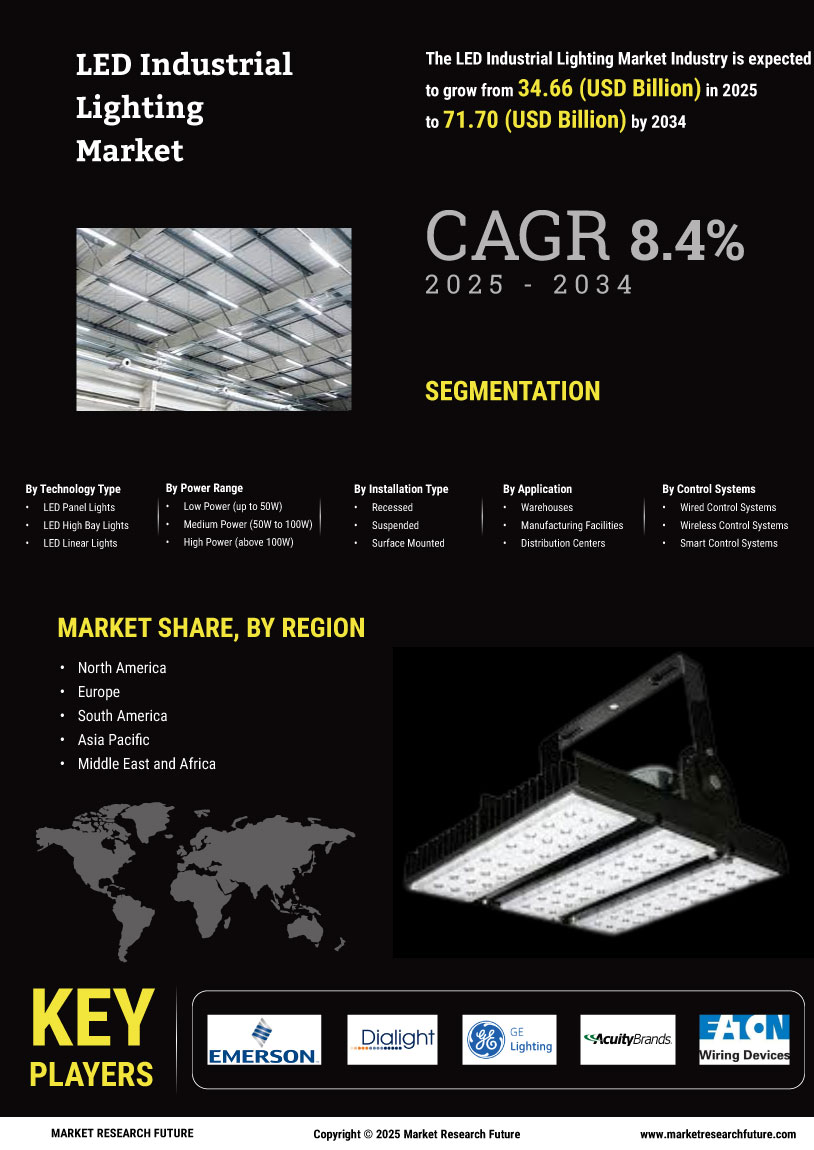
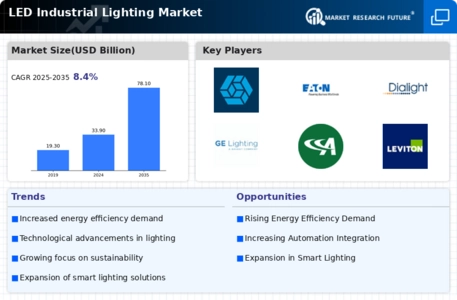
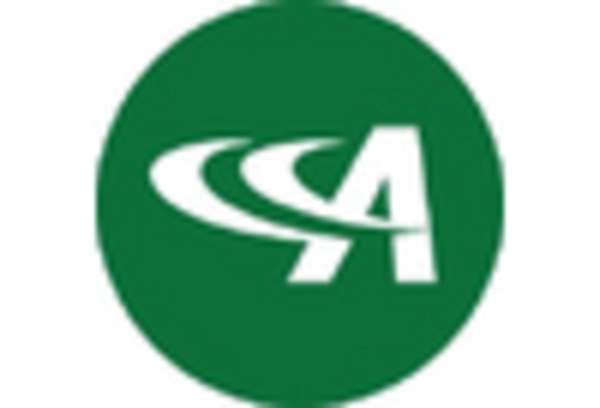
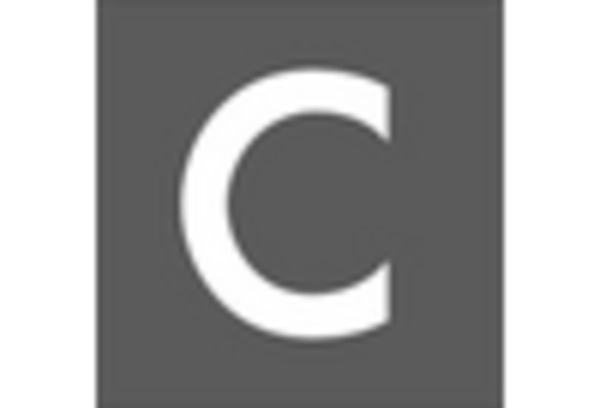
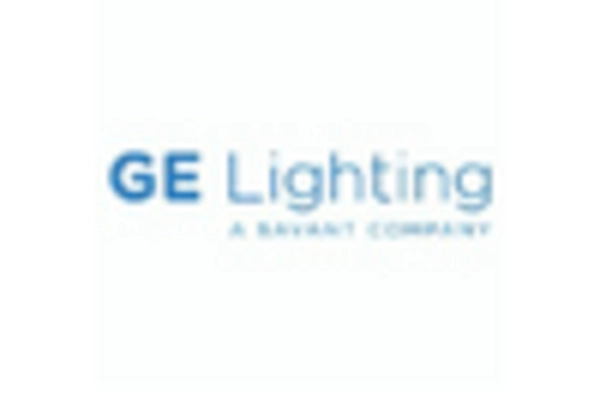
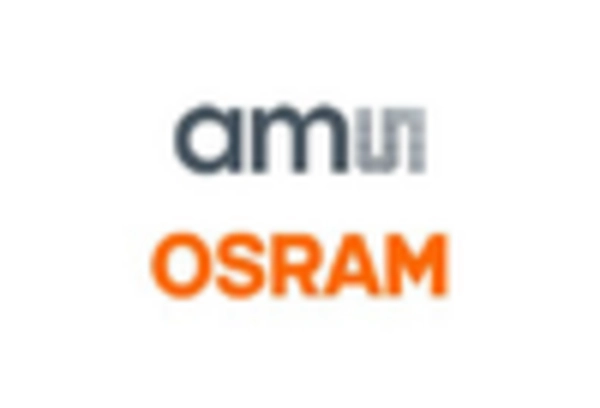










Leave a Comment